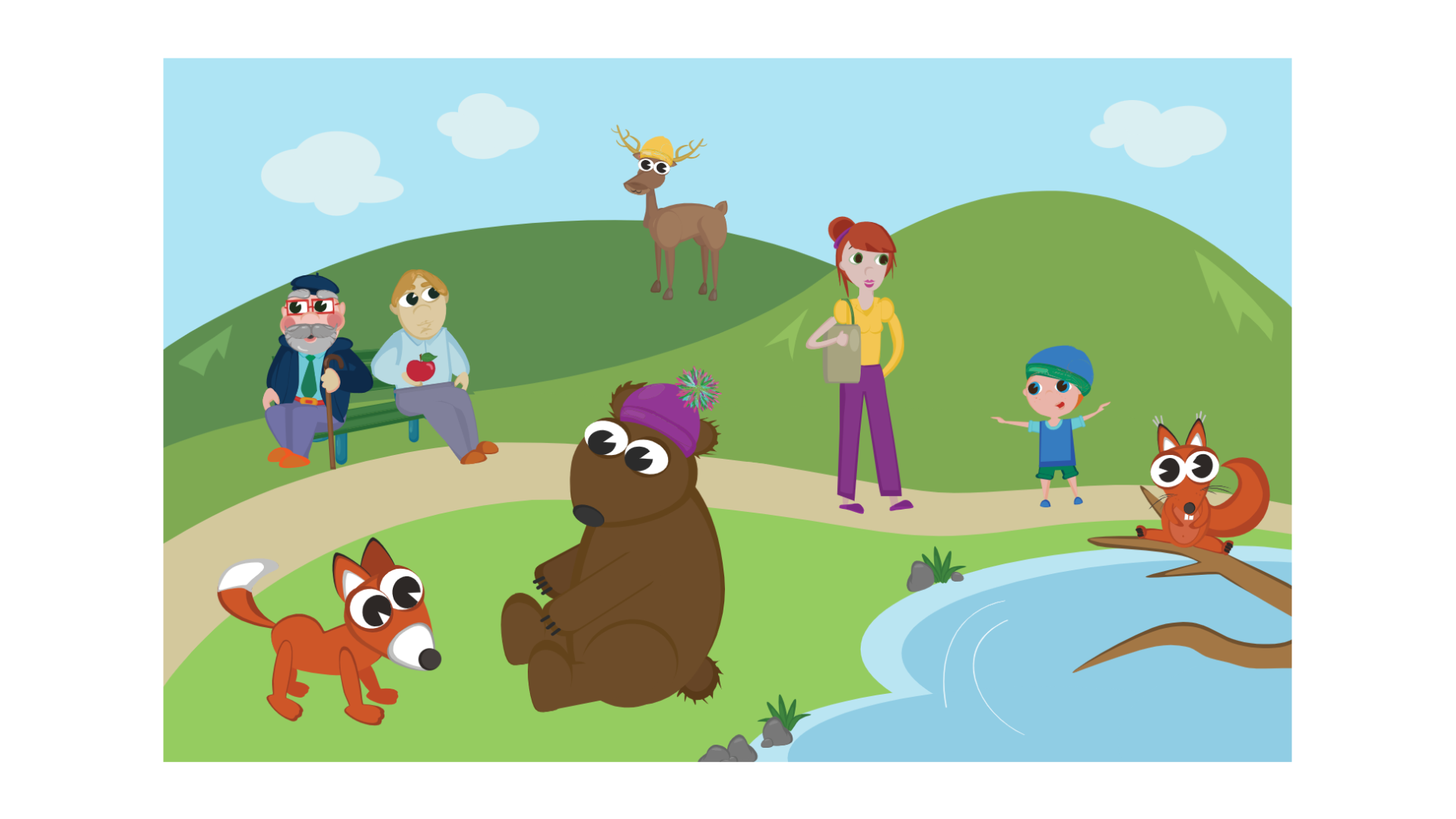Tips on how to use this exercise at home and at school.
Early math concepts
This is the most difficult exercise in the grouping category. The child must be able to handle several criteria at once. Some instructions include positive and others negative statements, while at the same time, they are quite complex and require the child to sort, think logically, concentrate, engage verbal and working memory, and their knowledge.

Why is this exercise important?
The exercise focuses on promoting sorting according to the given criteria. It is important that the criteria are clearly defined and that the objects can also be explicitly classified. The child learns to think, analyse and structure their thoughts. By sorting, the child also learns conceptual precision, which is important in mathematics.
Who is this exercise suitable for?
Mainly for preschoolers, but it is also suitable for older children who need to develop their language skills.
Methodological recommendations
Either read aloud the instructions to the child, play them from the app or let the child read them by themselves.
The child looks at the objects and explains how to proceed and why. Ask for the reason behind their thinking and if another object in the picture could also belong to the group and why. You have to be careful about the wording of the question and the difference between "is" and "is not".
The negative statement is more challenging. This exercise requires concentration, language comprehension, working memory and knowledge. It prepares for later solving logical word problems.
Tips for similar activities outside the app
This type of grouping can be practised with the child by playing games using decision-making about the truth and falsity of statements, i.e. what is true and what is false.
Example of games:
Everything that flies has feathers. Everything that rides has wheels. Everything that swims has fins.
You can also use negative statements, for example, everything that does not fly belongs to the group.
You can also practise on the tram or at the bus stop, by observing and describing a group of people. Ask the child: Who am I thinking of? He doesn't have long hair, has glasses, a handbag and doesn't get on the tram.
The game "Guess Who?" is also great for practising it.